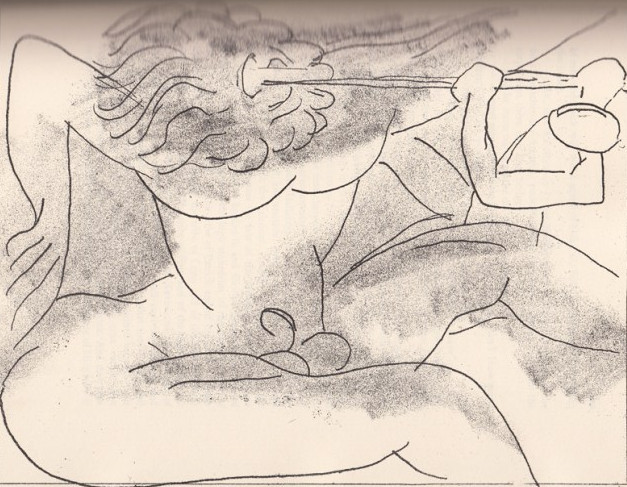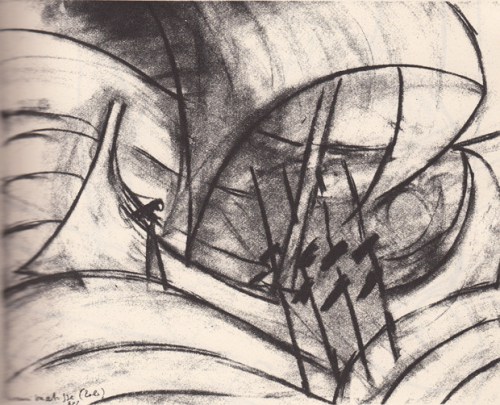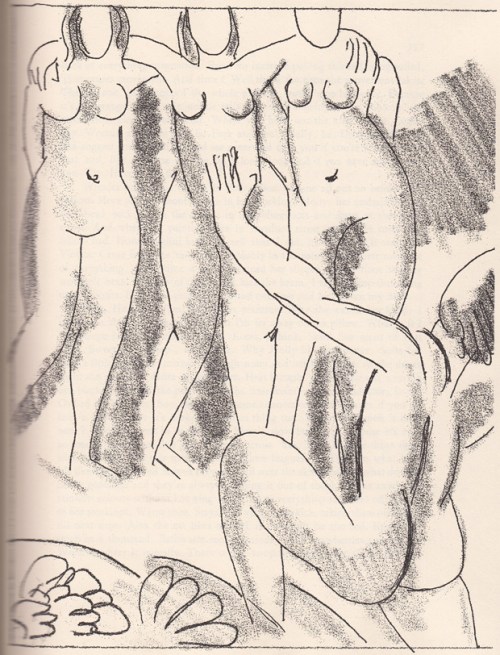
Don’t worry Matisse (probably) didn’t read Ulysses either
On Bloomsday we recall what happened when Henri Matisse illustrated James Joyce’s modernist classic
Bloomsday is a commemoration and celebration of the life of Irish writer James Joyce, during which the events of his novel Ulysses (set on 16 June 1904) are relived. It is observed annually on 16 June in Dublin and elsewhere. Joyce chose the date as it was the date of his first outing with his wife-to-be, Nora Barnacle; they walked to the Dublin suburb of Ringsend, where, according to Joyce's rather more graphicly described letters, Nora proceded to put a big smile on his face. The name Bloomsday is derived from Leopold Bloom, the protagonist of Ulysses.
In some quarters the traditions of Bloomsday are as well established as Homer’s ancient poems. Followers drink in the pubs mentioned in the book, eat similar dishes, visit notable Dublin landmarks, and perhaps even try to seek out the brothels Joyce wrote about in his canonical work of 20th century modernism.
However, the art world has not always been familiar with the book’s contents, as the US publisher George Macy discovered back in 1934, when he commissioned illustrations from the great French artist Henri Matisse, to accompanying a limited edition of the notoriously difficult-to-ready novel.

Macy was correct to identify Matisse as an appropriate prominent figure within European modernism. He even sent Matisse a French translation of Joyce’s text. Yet, most commentators agree that Macy was unable to kindle a great, artistic collaboration. Joyce himself was preoccupied with his daughter’s mental health, and Matisse, for his part, despite expressing admiration for the book, turned in six beautiful etchings, based on Homer’s Odyssey, not Joyce’s own text.
Did Matisse actually read Ulysses? It’s unclear; some sources suggest he was familiar with the book, while others quote the artist as admitting quite candidly that he had not read it. In either case, the etchings, which depict, for example, the Cyclops not as an an anti-Semitic nationalist in a Dublin pub, but instead as a giant one-eyed monster, are clearly inspired by the ancient tale rather than the newer one.

Nonetheless, Macy still published Matisse’s work with his new edition of Joyce in 1935, and even managed to get both parties to sign his books. Rather than detracting from the novel, today Matisse’s works are perhaps a helpful reminder of the classical armature around which Joyce built his masterpiece, while also telling their own story.
For more a colourful, child’s introduction to Matisse and colours get Blue and Other Colours with Henri Matisse; for more on artful book making, pre-order Artists Who Make Books.